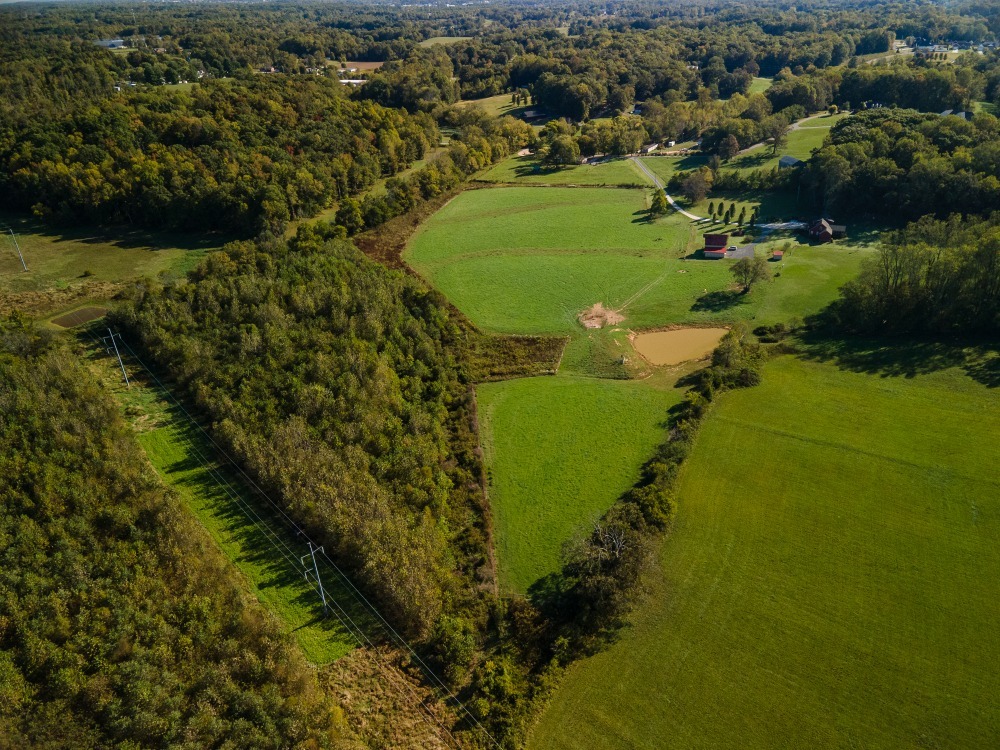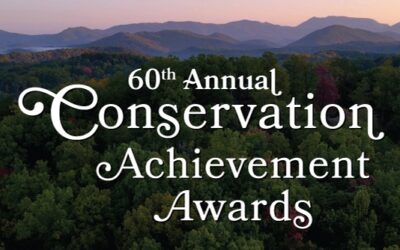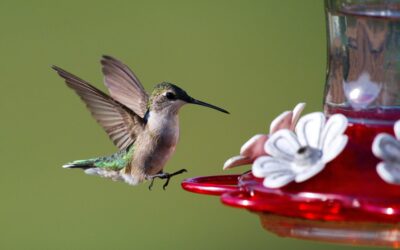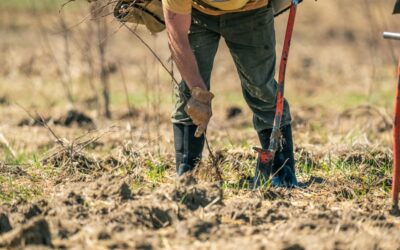In 2017, Tennessee Wildlife Federation began its first wetland restoration project—a 12 acre site in the Cane Creek watershed in Putnam County. As of 2024, the site has undergone an amazing transformation and is now permanently protected under a conservation easement.
The restored wetland is located in the floodplain of Cane Creek and one of its tributaries. Cane Creek originates in Cookeville and is a major tributary of the Caney Fork River.
Site History
The restoration site was formerly used for hayfields and row cropping. Due to regular flooding from Cane Creek, the hydrology of the soil was in good condition to maintain native wetland plants.
The main goal of the project was to restore 12 acres of bottomland hardwood forest, a type of wetland, in a semi-urban setting that provides habitat for wildlife, improves water quality, and decreases the flood risk in downstream communities.
Restoration Process
In 2018, more than 3,000 native trees and shrubs were planted, including American elm, overcup oak, swamp chestnut oak, silky dogwood, and river birch.
Natural vegetation along the stream bank was already growing well and achieving ecosystem goals. Because of the good soil hydrology on the restoration site, no adjustments to the soil were needed before planting.
The restoration site was also treated to control invasive plant species. In addition, more than 1,000 feet of livestock exclusion fencing was installed.
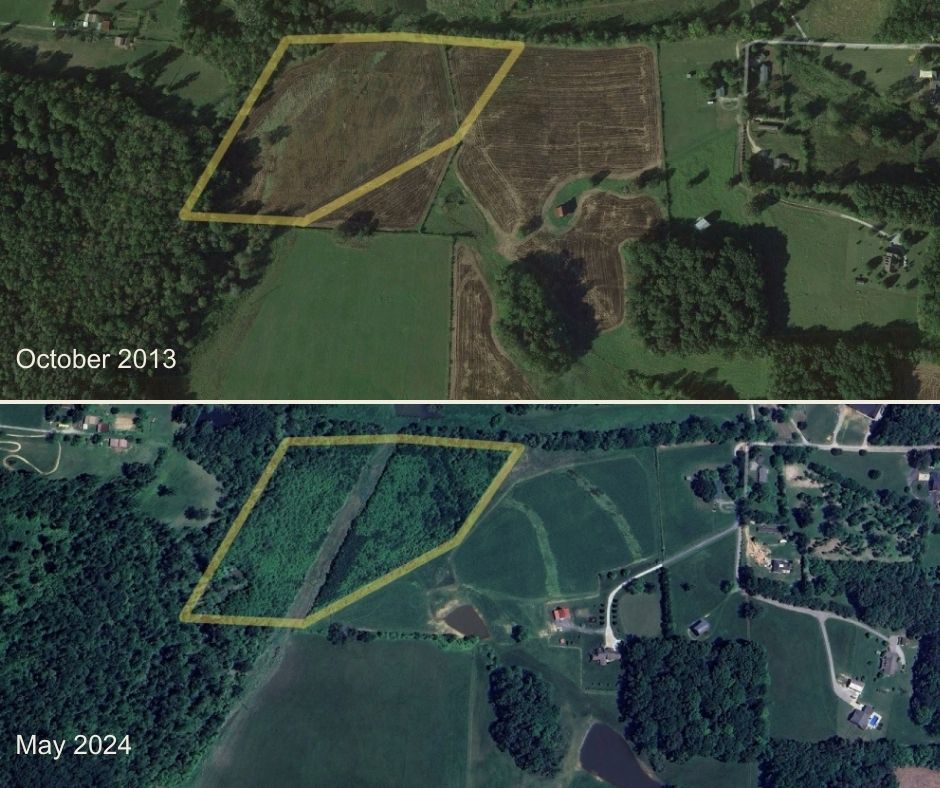
Before and after photos of the Cane Creek wetland restoration.
Post-Restoration Impact
The trees are now over 25 feet tall and there are more than 3,000 trees per acre, which is a tremendous outcome to see after seven years. Several ephemeral ponds have formed on the property, helping store water and create wildlife habitat during rainy seasons.
A new owner purchased the property after the project began. Upon seeing the restoration’s positive impact on the river’s ecosystem, the new landowner chose to create even more wildlife habitat on the property by adding a pollinator garden. There is now about one acre of thriving native pollinator habitat adjoining the wetland, greatly increasing the diversity of native wildlife and plants on what was formerly low productivity agricultural land with little ecological value.
As with all wetland restoration projects, the Federation will continue monitoring this wetland each year to ensure it remains a healthy, stable ecosystem.
If you are interested in learning more about restoring a wetland or other habitat on your property, fill out the form below and our Habitat Conservation team will be in touch with you soon.

